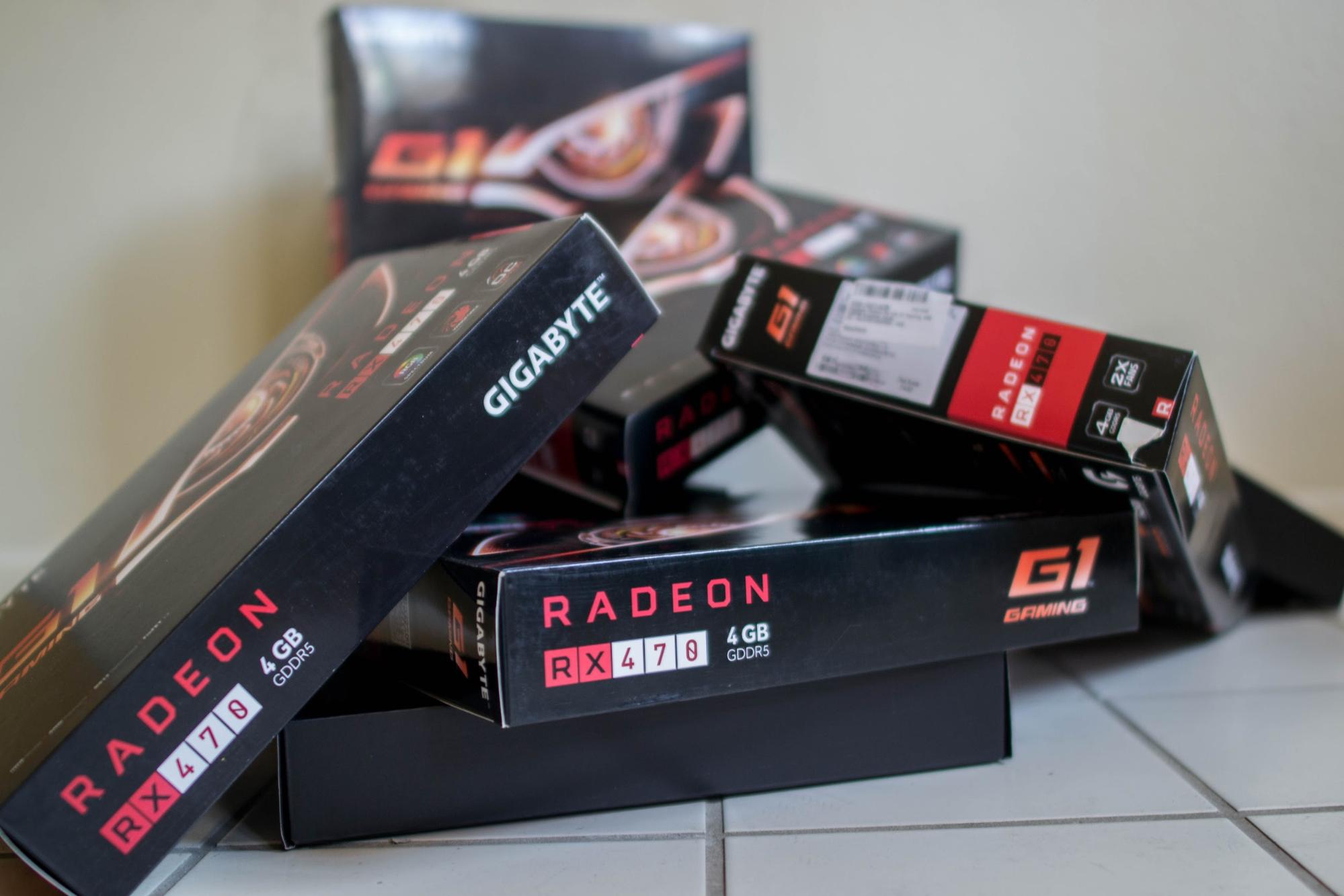

When manufacturers use reference prices and recommended prices, which is usual strategy for many manufactures that want to ensure uniform pricing, the prices tend to be stickier than retail prices ( Klenow & Malin, 2010 - although not all studies find this result).

Possibly some of the prices might be also locked by contracts with retailers. I would not be surprised if it would be expensive to change pricing strategy of big multinational company such as Nvidia or AMD. Anderson et al (2015) show that menu costs can easily reduce frequency of price changes by over 13 percent which is not trivial. 2011).įirms will change prices less frequently when ‘menu’ costs are high. (2011) who show that price changes usually take place when firms costs change but that the change in costs itself is not sufficient to induce the change in price (similar findings were also found by Dias et al. The above is also further corroborated by Eichenbaum et al. This seems to fit the facts of this case as the big price increase followed the tariff news (but as mentioned above, observers seems to agree that tariff could not account for all the price increase), and thus firms likely reasoned that everyone will have to increase prices now, so now is the right time to increase their prices as well. It is very difficult to know exactly what is the reason for price stickiness on a firm level, but research on price stickiness further shows that:įirms usually don’t want to raise prices ahead of their competitors, hence in data we can observe a great degree of price change coordination among firms in the same industry (see Levy et al. The average price durations above are not that far from the time it took graphics card prices to start to rise.

In addition, more recent studies for US show that there is also very large heterogeneity in price stickiness as about 1/5 of prices take more than a year to change (see discussion Klenow & Malin 2010). Imply average price durations close to one year in the euro area and slightly above half a year in the US. Research generally finds that in the EU and the US respectively data on the frequency of price changes ( Alvarez, et al., 2006). I believe the answer to that is sticky prices. Why did it take them so long to adjust their prices?

It’s difficult to know how much of that is due to the China tariff and how much due to shortage, but most sites reporting on this quote the shortage of GPUs due to increased demand from Bitcoin miners as one of the main reasons for price rise.īut the question still can be reformulated in another way. Or more broadly Forbes reports that at the beginning of this year due to shortages and in addition also due to increased tariffs on China graphics card prices: Actually, just recently (a few days ago January 2021 - for anyone reading this later), the major retailers of these graphics cards did raise their prices (see example here for EVGA).


 0 kommentar(er)
0 kommentar(er)
